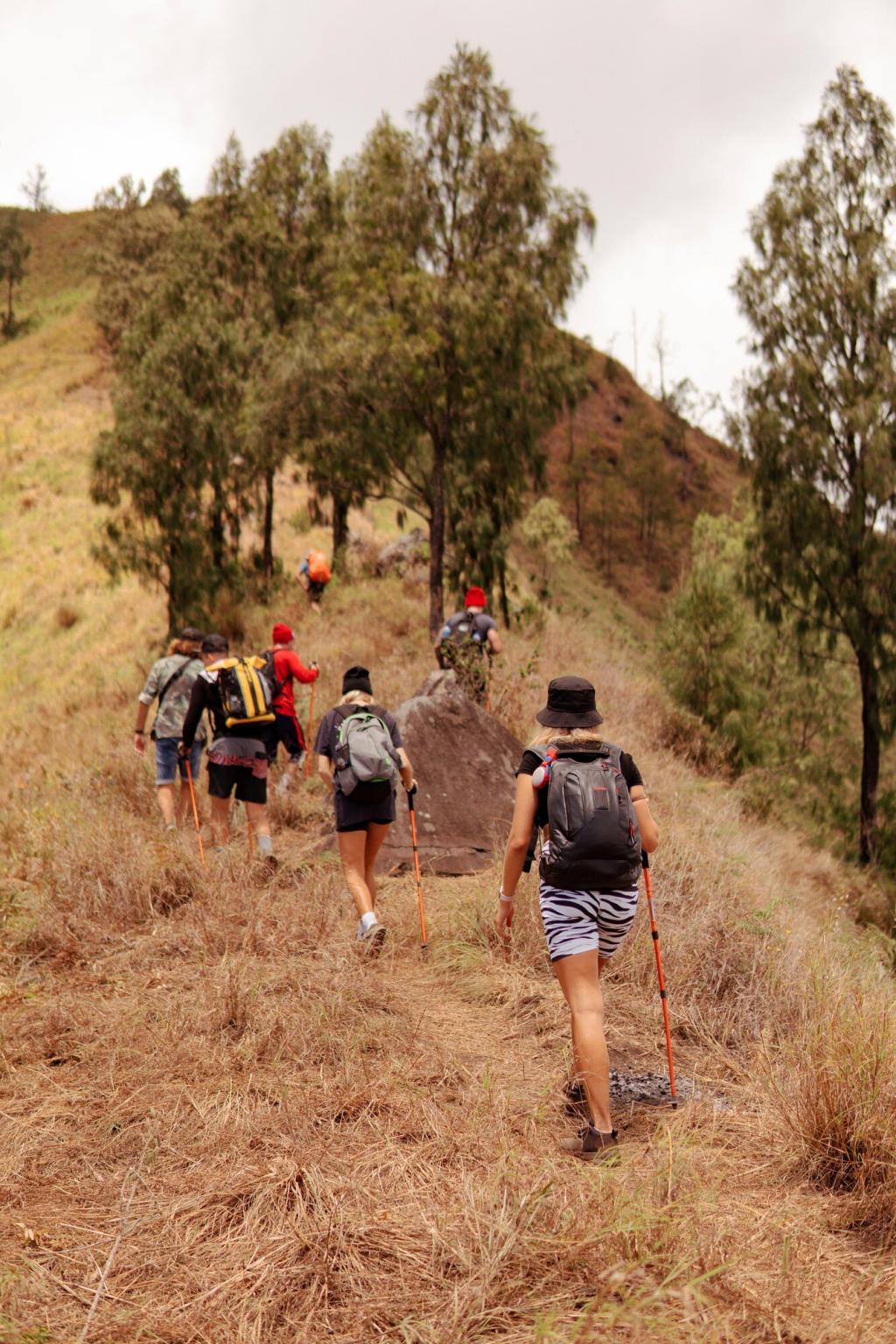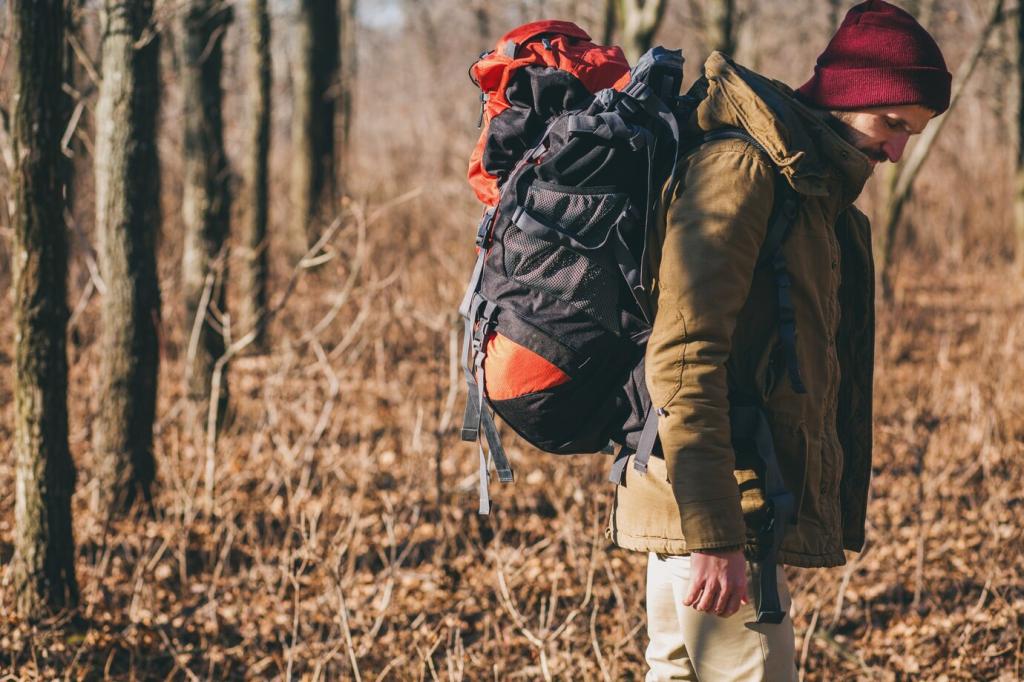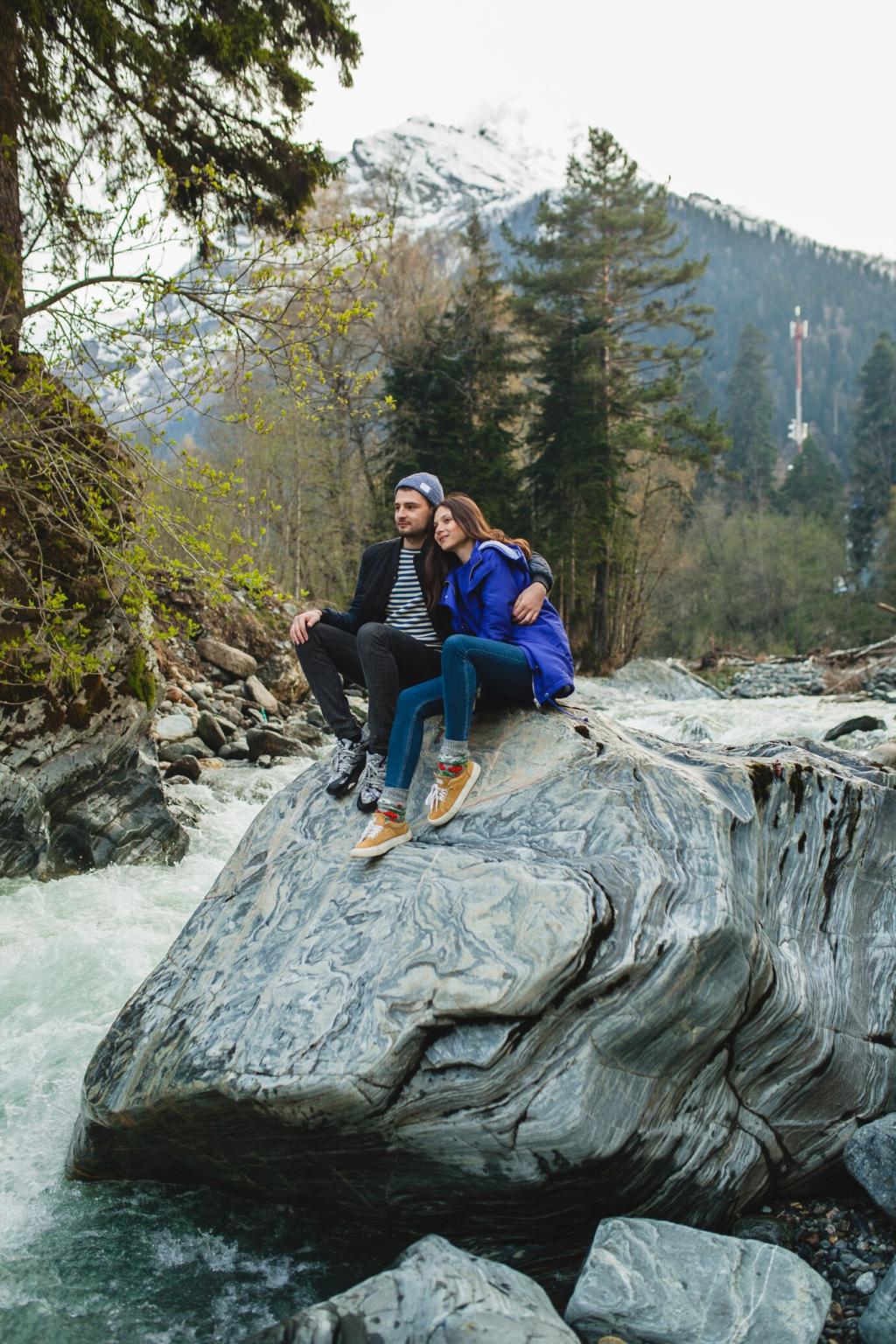Survival Priorities and Essential Gear
In harsh conditions, think: roughly three hours without adequate shelter, three days without water, three weeks without food. Focus on staying warm and dry, then on finding and disinfecting water. Food matters later. This simple hierarchy prevents poor decisions when stress spikes.
Survival Priorities and Essential Gear
Prioritize items that serve multiple roles: a bandana for filtering sediment, a bivy for emergency warmth, a headlamp with red mode to preserve night vision. Carry a knife, spare fire starters, a compact filter, backup purification tabs, and a whistle clipped where you can actually reach it.
Survival Priorities and Essential Gear
Start a stove in wind, filter water from a puddle, and pitch a shelter with gloves on. Practice in your backyard or a local park until it feels automatic. Share your practice wins in the comments so others can learn from your quick drills and small mistakes.
Survival Priorities and Essential Gear
Lorem ipsum dolor sit amet, consectetur adipiscing elit. Ut elit tellus, luctus nec ullamcorper mattis, pulvinar dapibus leo.



